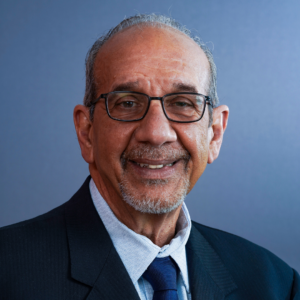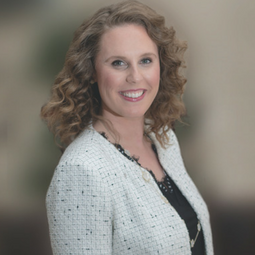Reducing hospital readmissions
Hospital readmissions are a common, costly and often avoidable challenge for the entire healthcare industry, including skilled nursing facilities (SNFs). An estimated $25 billion is spent each year on preventable hospital readmissions, and as we all know, many hospital readmissions are associated with unfavorable patient outcomes.
Although SNFs currently do not incur financial penalties for hospital readmissions, this is poised to change with the Centers for Medicare & Medicaid Services (CMS) regulations slated for October 2017. Further, our hospital partners bear the brunt of CMS penalties, so their challenge is our challenge, as we aim to maintain strong relationships and make sure our partners don’t lose faith in us.
The new CMS regulation is shaking up the status quo, but rather than viewing these changes in a negative manner, we should see this as an opportunity to build a better model of care. SNFs traditionally operated in silos, but now we will be able to focus more on what’s best for the individual patients, and our organizations will play a key role.
Current readmissions challenges
As mentioned above, maintaining positive relationships with hospital partners is at the top of every SNF’s agenda.
One of the challenges we face when individuals arrive from a sub-acute environment is a shallow understanding of where they are in the disease process. Often, these individuals don’t know what their options are regarding their conditions and how their choices fits in with maintaining their overall quality of life. For example, consider a patient that just had knee or hip surgery—they may feel fine overall but not be fully aware of their limitations. Those individuals face a real risk of falling, further injuring themselves or being readmitted.
The first 24-48 hours after transfer are most critical—when individuals are most at risk for complications. This is the time when the staff begins to understand the patient’s health condition, in addition to their personal preferences and wishes.
Addressing the challenges
Education initiatives and leveraging new technologies are two important methods that can help SNFs improve patient care and reduce hospital readmissions.
Many facilities have focused on educating nursing staff, including ways to better understand and act on patient discharge information, improve communication between shifts and provide better overall care. While this is crucial, staff is often already very knowledgeable in these areas, making further improvement limited. To be truly effective, educational initiatives must go beyond the staff and focus on educating families.
In addition, the use of advanced technology can help improve patient care. There is a common misperception today that many medical treatments can only be provided in a hospital. In reality, SNFs can provide, to a degree, the level of service that patients need—including pain management, advanced IVs and TPN, and other treatments. These tools, with the proper expertise, can provide clinical-grade care while keeping patients out of the hospital—and more families need to know that.
Previously found primarily in acute settings, continuous monitoring technology is another effective tool for reducing readmissions that is being adopted by SNFs. Reformed Church Home uses EarlySense’s contact-free monitoring technology to help with early detection of potential health risks and to reduce falls. A sensor is placed under the patient’s mattress and allows us to accurately monitor patients while maintaining a comfortable home environment.
Depending on the hospital and the time of discharge, we may get more or less information about a patient. However, with continuous monitoring, we can easily track a patient and detect changes in heart rate and respiratory rate. If fluctuations are detected, silent alerts are sent to mobile devices—enabling our nurses to get to the patient sooner and take action as needed.
With this technology, we’ve seen a significant reduction in patient falls, especially in those first 24 hours, as well as a marked increase in documented cases where early prevention helped prevent readmission.
Our nursing staff appreciates having this capability as well—so much so that we recently organized a room change on a long-term care floor because the staff felt strongly about being able to monitor the individual continuously.
Looking forward
Readmissions is unique challenge that will continue to affect SNFs in 2017 and beyond. We now face an exciting opportunity to explore our practices in order to improve care. Delivering quality experiences for our residents is the most important goal. With additional education for staff and families as well as advanced technology to help support our work, we’ll all be in a better position to move our facilities into the future, while meeting the CMS guidelines.
 Kate Shepard is the Executive Director and Administrator of Reformed Church Home, Old Bridge, New Jersey, a faith-based nonprofit offering assisted living, rehabilitation, skilled nursing and respite care.
Kate Shepard is the Executive Director and Administrator of Reformed Church Home, Old Bridge, New Jersey, a faith-based nonprofit offering assisted living, rehabilitation, skilled nursing and respite care.
Related Articles
Topics: Articles , Executive Leadership , Technology & IT











